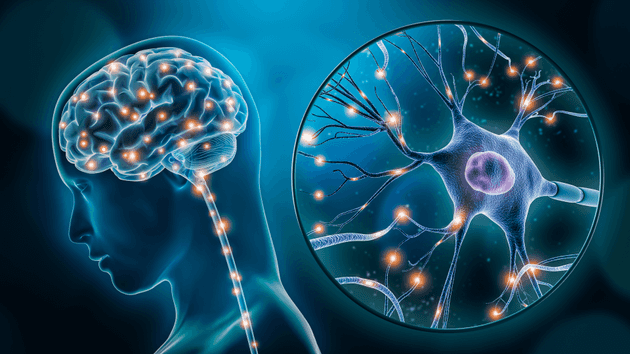In the ever-evolving landscape of artificial intelligence (AI), researchers and scientists are constantly striving to develop more efficient, powerful, and human-like computing systems. One fascinating avenue that has gained significant attention is neuromorphic computing, a cutting-edge approach inspired by the human brain's architecture and functioning. Neuromorphic computing seeks to bridge the gap between traditional computing and the complexity of the human brain, promising to revolutionize AI applications and pave the way for more energy-efficient and brain-inspired technologies.
The Brain's Blueprint: Unraveling Nature's Design
Neuromorphic computing draws its inspiration from the intricate architecture of the human brain. By understanding the neural networks, synapses, and neurons that underlie cognitive processes, scientists have unlocked valuable insights into building AI systems that mimic these biological structures.
Neuromorphic Hardware: Beyond Traditional Computing
Traditional computers, while powerful, have limitations when it comes to tasks that require immense parallel processing, adaptability, and energy efficiency. Neuromorphic hardware aims to address these limitations by using specialized components designed to replicate the behavior of biological neurons. Memristors, spiking neural networks, and neuromorphic chips are among the key components driving this revolution.
Spiking Neural Networks: The Language of Neurons
Unlike traditional AI models that use continuous mathematical functions, spiking neural networks (SNNs) communicate through discrete electrical pulses similar to how neurons function. SNNs offer a more biologically accurate representation of neural activity, enabling AI systems to process information in a manner closer to the human brain's mechanisms.
Applications of Neuromorphic Computing
Neuromorphic computing has far-reaching applications across various fields. From robotics and autonomous vehicles to healthcare and cognitive computing, the brain-inspired approach is unlocking new possibilities. Real-time data processing, natural language understanding, and pattern recognition are just a few areas benefitting from the advancements in neuromorphic technology.
Energy Efficiency: A Green Revolution in Computing
One of the most compelling advantages of neuromorphic computing is its potential to drastically reduce energy consumption. The brain's efficiency in processing information has inspired researchers to develop AI systems that consume significantly less power compared to traditional supercomputers. This efficiency could reshape the environmental impact of AI and computing as a whole.
Challenges and Future Directions
While the promise of neuromorphic computing is enticing, it's not without its challenges. Developing accurate and scalable neuromorphic hardware, optimizing algorithms for spiking neural networks, and bridging the gap between theory and practical applications remain areas of active research. However, as technology advances and collaborations flourish, these challenges are gradually being overcome.
Conclusion:
Neuromorphic computing stands at the forefront of the AI revolution, offering a novel approach that mirrors the intricate workings of the human brain. By emulating the brain's architecture and functions, scientists and engineers are forging a path toward more energy-efficient, adaptable, and human-like computing systems. As the field continues to evolve, we can anticipate breakthroughs that will not only reshape the landscape of AI but also offer sustainable solutions to some of the computing world's most pressing challenges. Neuromorphic computing is not just a scientific endeavor; it's a gateway to unlocking the true potential of artificial intelligence.
